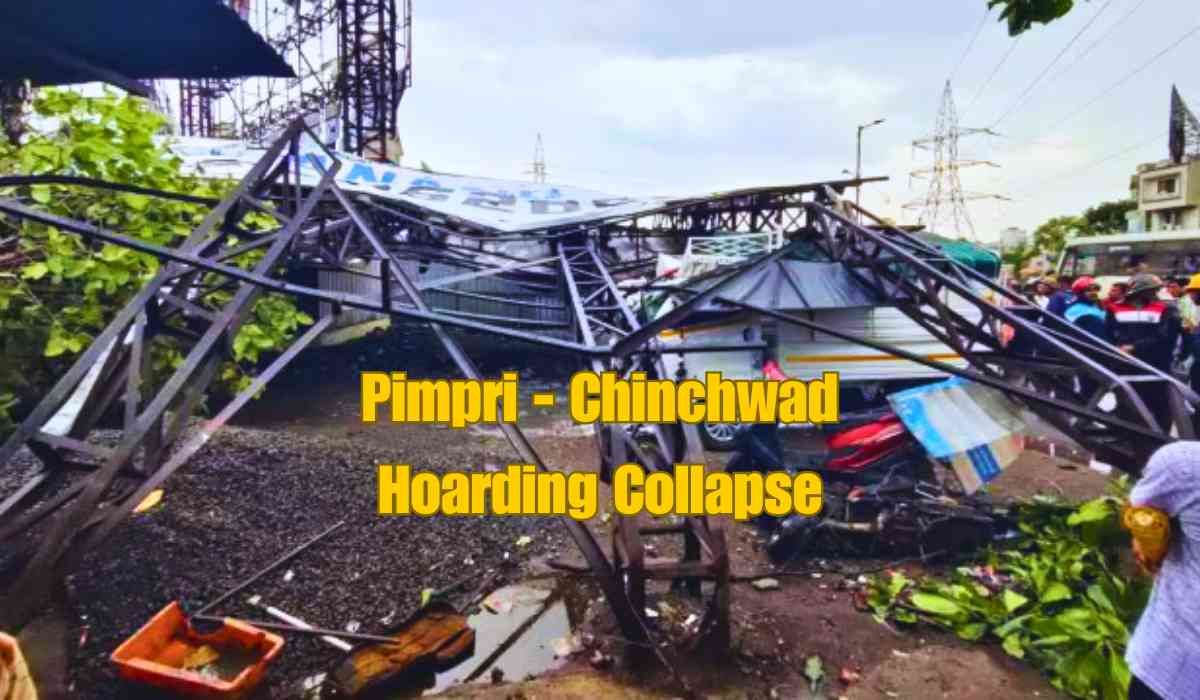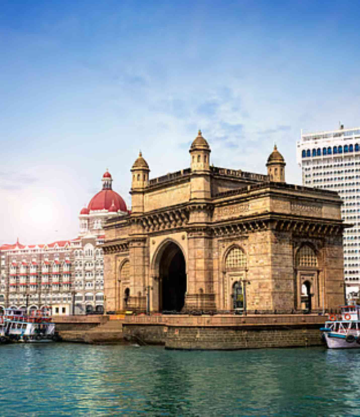A large signboard in Moshi, Pimpri-Chinchwad, collapsed on Thursday as a result of heavy rain and wind. That was at 4:30 p.m. on that day. The 20-by-40-foot signboard collapsed onto two motorcycles and a parked car. Fortunately, despite the damage to the automobiles, nobody was wounded.
What caused it to occur?
Although the signboard was permitted to be there, it hadn't been examined in a while. The purpose of this inspection, known as a "structural audit," is to ensure that the signboard is secure.
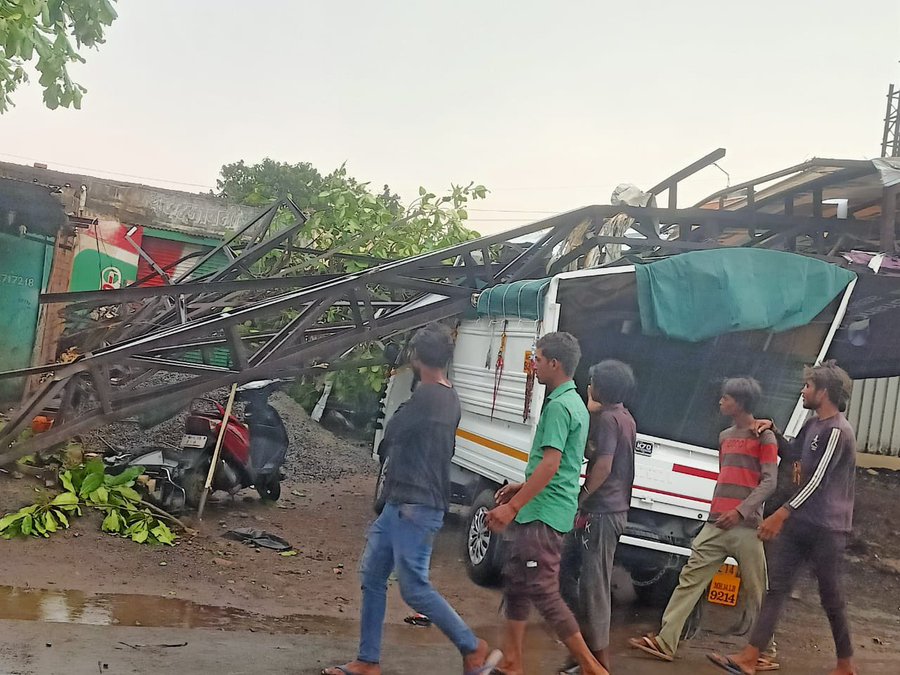
Why is a structural audit important, and what does it entail?
In basic terms, a structural audit is a signboard's health examination. Similar to how you wouldn't want your home to be built on unstable ground, a signboard shouldn't be held up by rusty bolts. A certified engineer will examine the components, connections, and structure of the signboard, searching for indications of deterioration, rust, or subpar building. This aids in spotting possible flaws before they turn into disastrous errors. Consider it as your advertisement's preventive maintenance. While it may not be the most glamorous use of funds, it is far less expensive than filing a lawsuit or sending someone to save a fallen signboard.
What's Being Done About It?
Following a tragic incident in Mumbai where a signboard collapsed and numerous people were injured or killed, the Pimpri-Chinchwad local administration began inspecting all of the city's signboards. Before the rainy season begins, they want to make sure they are safe and compliant.
For more on this read: Mumbai Hoarding Collapse Top Updates: 14 Dead, And 74 Injured
What are the opinions of experts?
Building engineers report that signboards can collapse due to inadequate construction strength or deterioration over time. It is possible to determine whether a signboard is safe.
How does this affect people and businesses?
Businesses that employ billboards for advertising may suffer if they fall. Neighbours in the vicinity are similarly concerned about their security.
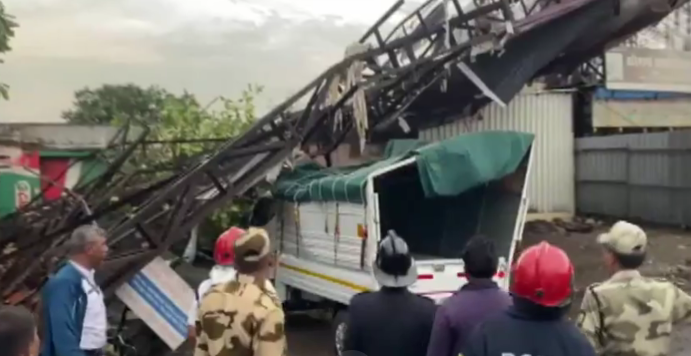
What actions are the authorities taking?
The municipal administration is considering this carefully. All the signboards are being examined, and any deemed unsafe or prohibited will be removed. New regulations are also being discussed in order to ensure everyone's safety.
What's Next?
New technology might help make signboards safer in the future. The government is also thinking about how to fit signboards into the city's look and safety plans.
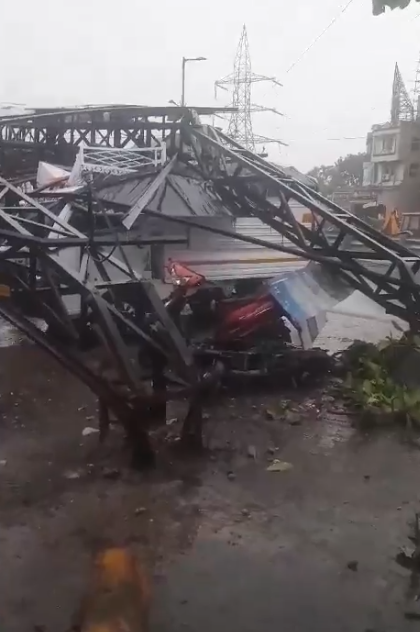
Modern Technology for Less Signboard Drama and Safer Skies
Billboards may become much more "high tech" and less of a "wrecking ball" in the future. Here are a few applications where innovation may be useful:
- Smart materials: Picture self-monitoring signboards that check for cracks or tension. When a board weakens, special composites or integrated sensors could send out alerts so repairs can be made before problems arise.
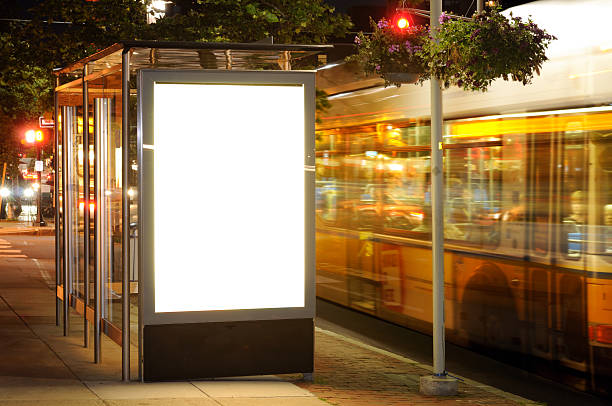
- Digital displays: Although digital billboards already exist, what if they were the standard? Compared to conventional signs, these might require less structural support because they are lighter. Furthermore, there would be no need for dangerous maintenance climbs because content updates would be simple.
Billboards Aren't Always the Belle of the Ball (or Road) In Conclusion
The signboard that fell in Pimpri-Chinchwad serves as a reminder to us that these constructions need to be inspected to ensure their safety. Everyone hopes that the city will be safer as a result of the government's efforts.
To be honest, billboards can occasionally be the annoying neighbour you never asked for. They can be an eyesore, obstructing picturesque vistas, or, worse, deliberately put up to cover up real traffic signals or road signs. Perhaps these advertising behemoths can become less "in your face" and far more, well, responsible and safe urbanites with stronger laws and a little prodding from new tech.
PC: multiple inputs
ⒸCopyright 2024. All Rights Reserved Powered by Vygr Media.

